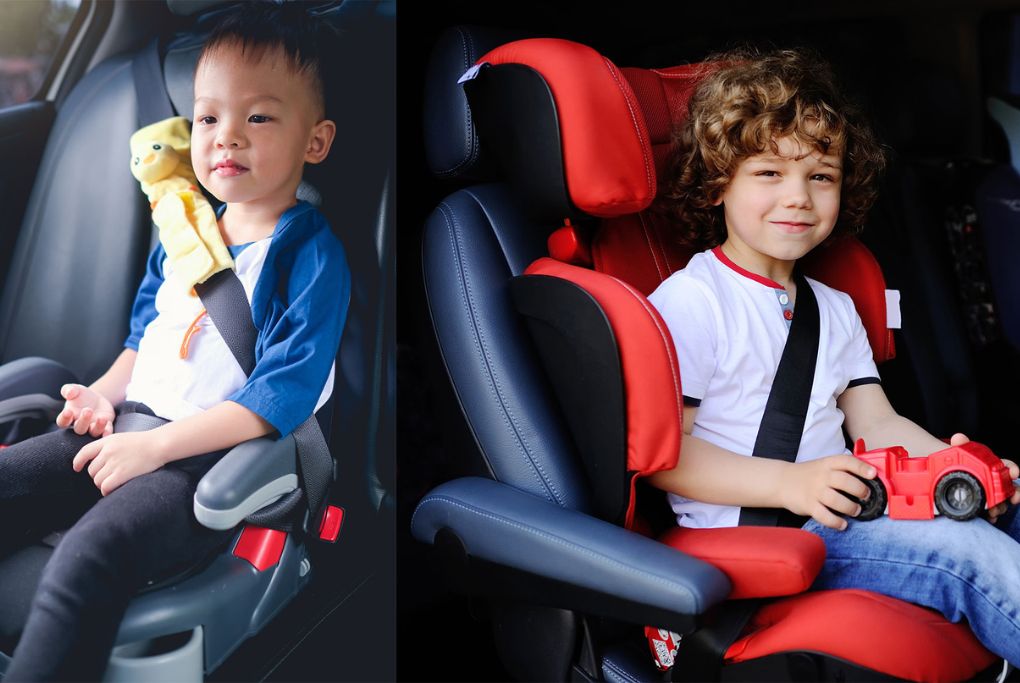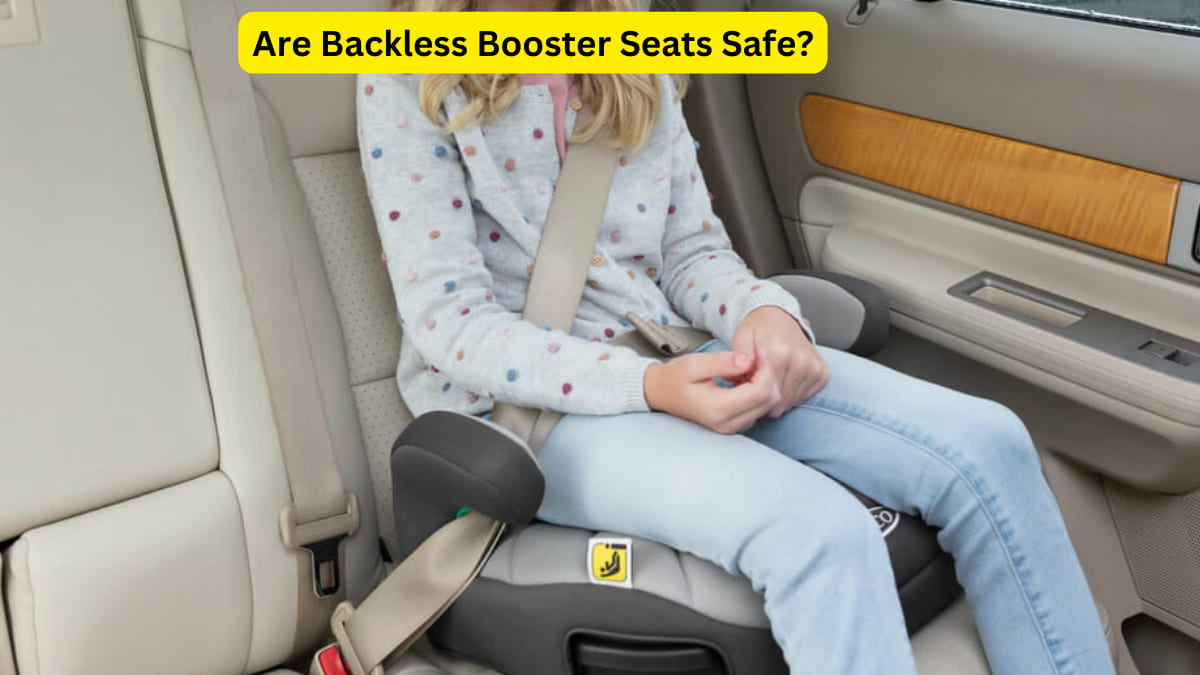Are Backless Booster Seats Safe? in 2024
When it comes to ensuring the safety of our children while traveling in a vehicle, the question of whether backless Are Backless Booster Seats Safe. often arises. Booster seats play a crucial role in providing additional height and support to children until they are tall enough to use the vehicle’s seat belts without assistance. In this article, we will explore the safety considerations and guidelines surrounding backless booster seats.
The Purpose of Booster Seats
Booster seats are designed to position the child correctly in the vehicle’s seat belt system. They elevate the child, ensuring that the seat belt sits across their lap and shoulder rather than cutting into their neck or abdomen. The purpose of booster seats is to reduce the risk of injuries during collisions by properly restraining the child and distributing the forces of impact.

Safety Guidelines for Booster Seats
According to safety experts and organizations such as the National Highway Traffic Safety Administration (NHTSA) and the American Academy of Pediatrics (AAP), there are general guidelines to follow when using booster seats:
- Children should use a booster seat until they are at least 4 feet 9 inches tall (145 cm) and between 8 and 12 years old.
- Booster seats should always be used in the back seat of the vehicle.
- The lap belt should lie low across the child’s hips, not their stomach.
- The shoulder belt should cross over the child’s shoulder and chest, not their neck or face.
- The booster seat should fit the child properly, with the seat belt positioned correctly.
Backless Booster Seats: Safety Considerations
Backless booster seats are a popular option due to their portability and ease of use. However, there are some important safety considerations to keep in mind:
1. Age And Maturity Of The Child
Backless booster seats are typically recommended for older children who are more physically developed and able to sit properly for the duration of the journey. Younger children may still require the additional back support provided by high-back booster seats.
2. Proper Belt Fit
One common concern with backless booster seats is that they may not provide adequate belt fit for smaller children. It is essential to ensure that the vehicle’s seat belt is positioned correctly across the child’s lap and shoulder. If the seat belt does not fit properly, a high-back booster seat may be a better option.
3. Vehicle Compatibility
Not all vehicle seats are suitable for backless booster seats. Some vehicles have lower seat backs, which can affect the positioning and support provided by the booster seat. It is important to ensure that the backless booster seat fits securely on the car seat and that the seat belts fit properly for a safe and comfortable experience.
4. Side-impact Protection
High-back booster seats often provide additional side-impact protection due to their raised design. Backless booster seats may not offer the same level of protection in the event of a side-impact collision. Carefully consider the types of journeys your child will be taking and the potential risks involved.
Check Our Previous Article:
| How to Reset Radio Without Code for Honda, Ford, VW, Audi, Mercedes, Mitsubishi and Nissan |
| How to Connect Your Phone to Car Radio Without AUX |
The Bottom Line
While backless booster seats have their advantages, it is crucial to prioritize the safety of your child. If your child meets the age, height, and maturity guidelines, and if the seat belt fits properly, a backless booster seat can be a safe option.
However, if you have concerns about belt fit, comfort, or side-impact protection, it may be worth considering a high-back booster seat instead. Always follow the guidelines provided by the NHTSA, AAP, and the manufacturer of your specific booster seat.
Remember, your child’s safety should always be the top priority, and choosing the appropriate booster seat based on their needs is a responsible decision.
Frequently Asked Questions Of Are Backless Booster Seats Safe?
Are Backless Booster Seats Safe For Children?
Backless booster seats are safe when used correctly with proper adult seat belt fitment.
What Age Range Suits Backless Booster Seats?
Typically suitable for children aged 8 and above or over 4 feet 9 inches tall.
Can Children Sleep In Backless Booster Seats?
Children may fall into unsafe positions when sleeping, so it’s best to avoid them.
How To Install Backless Booster Seats Properly?
Fit the booster in the back seat, ensuring the seat belt rests correctly across the child’s shoulder and lap.
Last Updated on April 18, 2024 by Brian Beasley

